DTF, which stands for “Direct to Film,” is a relatively new and innovative printing technology that has gained popularity in the textile and apparel industry. This technique offers a versatile and cost-effective solution for printing designs onto various fabrics and materials. Unlike traditional printing methods such as screen printing or DTG (Direct to Garment), DTF printing combines the best features of both, providing high-quality prints with ease of application.
How Does DTF Printing Work?
DTF printing involves a multi-step process that begins with creating a design on a computer. The design is then printed onto a special transfer film using a high-resolution inkjet printer that uses water-based or heat-activated ink. Once the design is printed onto the film, a special adhesive powder, typically made of a thermoplastic material, is applied over the ink. The film is then heated in an oven or with a heat press, which melts the adhesive powder, bonding the ink to the film.
After the heating process, the printed film can be easily transferred onto the desired fabric or material. The film is laid onto the surface, and a heat press is used to melt the adhesive, permanently bonding the design to the fabric. The excess film is then peeled away, leaving the design intact on the material.
Advantages of DTF Printing
- Versatility: DTF printing can be used on a wide range of fabrics, including cotton, polyester, and even blends. It is suitable for both light and dark fabrics, making it a versatile option for various applications.
- Cost-Effectiveness: Compared to traditional screen printing, DTF printing requires less setup time and fewer materials. This makes it a more cost-effective option for small to medium-sized printing runs.
- High-Quality Prints: The use of high-resolution inkjet printers ensures that the prints are vibrant, detailed, and long-lasting. The adhesive powder ensures that the designs are durable and resistant to washing and wear.
- Ease of Application: The process of transferring the design from the film to the fabric is straightforward and can be done quickly with a heat press. This makes DTF printing ideal for both small businesses and large-scale production.
- Environmentally Friendly: Many DTF printers use water-based inks, which are eco-friendly and free from harmful chemicals. Additionally, the process generates less waste compared to traditional printing methods.
Applications of DTF Printing
DTF printing is widely used in the textile and apparel industry for creating custom T-shirts, hoodies, hats, and other clothing items. It is also used in the production of promotional materials, such as banners, flags, and bags. The versatility of DTF printing makes it suitable for a variety of applications, including:
- Custom Apparel: From personalized T-shirts to team uniforms, DTF printing allows for high-quality, personalized designs.
- Home Decor: DTF printing can be used to create custom pillows, curtains, and other home decor items.
- Promotional Products: Businesses can use DTF printing to create branded merchandise, such as tote bags, mugs, and pens.
Conclusion
DTF printing is a revolutionary technique that combines the best aspects of traditional printing methods while offering new advantages in terms of versatility, cost-effectiveness, and environmental friendliness. As technology continues to evolve, DTF printing is likely to become even more popular, offering businesses and consumers new opportunities to create high-quality, custom designs on a wide range of materials. Whether you’re a small business owner or a fashion enthusiast, DTF printing is definitely worth exploring for your next project.
